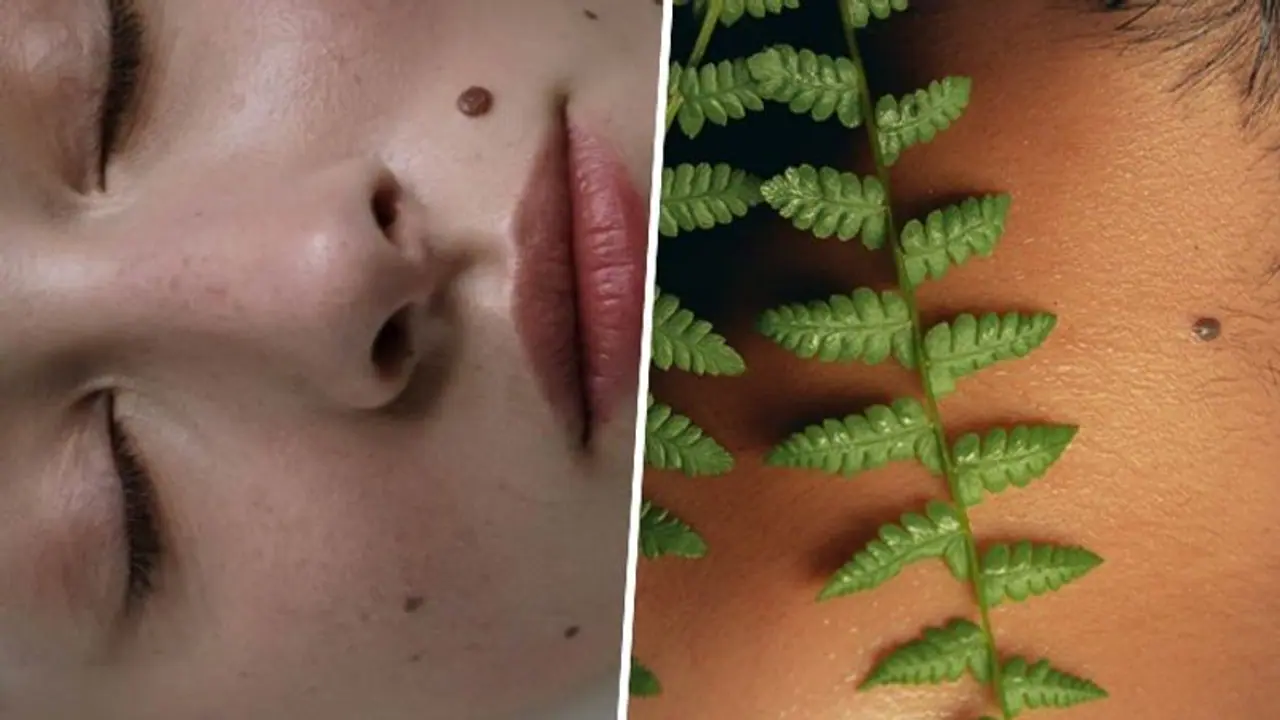Concerned about moles appearing on your body after birth? Unveil key reasons to understand their significance and potential risks. Learn how to identify warning signs and when to seek professional advice for a healthier life. by Leona Merlin Antony
Moles are a common occurrence on the human body, and most of them are harmless. However, moles appearing on the skin after birth can raise concerns about potential health implications. While not all new moles are problematic, it's essential to be vigilant and monitor any changes.

1. Development of New Moles
If you notice new moles on your body, especially after the age of 30, it's essential to keep a close eye on them. Unlike birthmarks, these moles may signify changes in the skin's cellular structure, potentially increasing the risk of skin cancer, particularly melanoma.
2. Asymmetry and Irregular Borders
Pay attention to the shape and borders of new moles. If a mole is asymmetrical or has irregular, blurred, or poorly defined edges, it could be a warning sign of melanoma, the most dangerous form of skin cancer.
3. Color Changes
Observe the colour of new moles. Moles that have multiple colours or variations in shade, such as black, brown, red, blue, or white, warrant closer examination. Sudden changes in colour might indicate the mole is becoming cancerous.
4. Size and Growth
Monitor the size of new moles over time. If a mole is larger than 6mm in diameter or is increasing in size, it's crucial to consult a dermatologist promptly. Rapid growth could be a sign of malignant transformation.
ALSO READ:Hydration to Tightening: 5 incredible Skin benefits of Makhana
5. Itching or Bleeding
Keep an eye on any changes in new moles, including itching, bleeding, or oozing. Also, observe whether the mole elevates above the skin surface or undergoes any other structural alterations. These changes might indicate a potential issue and should be investigated by a medical professional.
6. Personal and Family History
Your personal and family medical history can also play a role. If you or any close relatives have a history of skin cancer or atypical moles, it increases your risk. Regular skin checks with a dermatologist may be recommended in such cases.
ALSO READ: Immunity booster to anti-parasitic properties: 5 medicinal benefits of Neem
